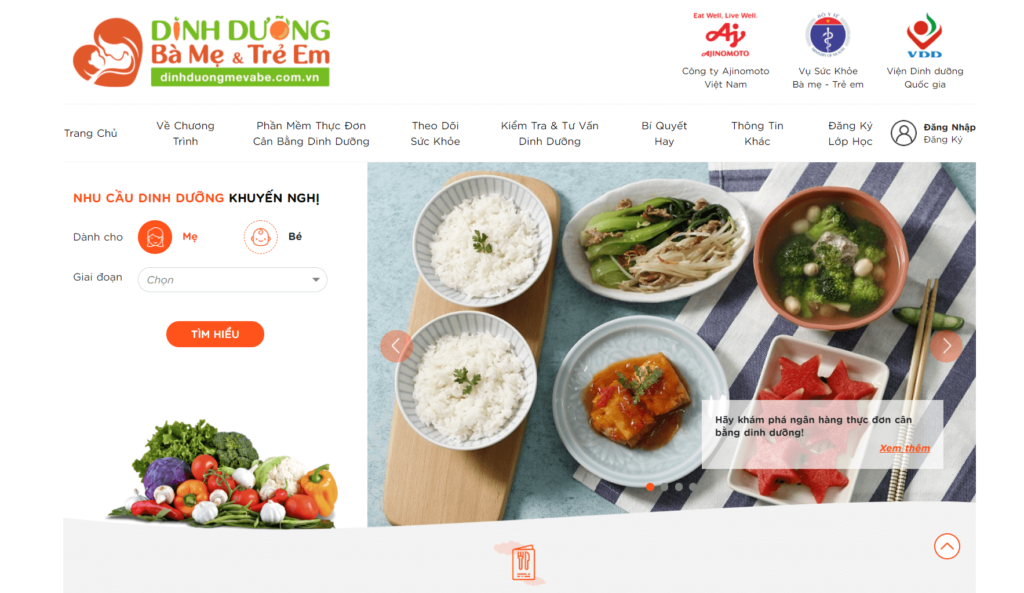Parents know all too well the stresses of pregnancy and childrearing. Added economic pressures and less time for sleeping and eating exact a mental and physical toll, and women at this life stage have special dietary requirements. What’s more, taste preferences can change during pregnancy, making it that much harder to plan nutritionally balanced menus. The stakes are high—too little or even too much nutrition can have long-term effects on maternal health, fetal development, and the growth of newborns.
Rural women in developing countries face extra hurdles to accessing knowledge and resources to ensure they and their babies are properly nourished. This has long been an issue in Vietnam, a country with one of the largest rural populations in the world: 61 million people, or about 63% of the total population. In recent years the Vietnamese government has made it a top priority to improve mother-child nutrition. Last year, Ajinomoto Vietnam Co., Ltd. (AVN) co-operated with Vietnam’s Ministry of Health, local authorities, medical professionals, and nutritionists to provide pregnant women and caregivers of children under five with the skills, knowledge, and resources to create menus that meet government nutrition standards and to monitor their family’s health and nutrition.
With its booming industrial and tourism sectors, Vietnam has a lot going for it, including high digital literacy. As of 2020, 68% of rural Vietnamese had smartphones, putting the country on a par with China and ahead of wealthier countries like Japan. Internet penetration is high, with 74% of Vietnamese using social media. AVN decided to leverage the power of digital technology to improve nutrition. It developed a mobile-friendly website called the Mother and Children Project that features a menu bank of over 1,300 dishes, with plans to expand it to over 2,500. Users can select pre-designed menus tailored to their personal dietary requirements or build their own nutritionally balanced menus by flexibly changing ingredients to fit their budget and taste preference. It also offers users dietary information and advice, smart tools to monitor their health status and child’s growth, plus articles and videos on culinary culture and food science. They can even register for online or in-person cooking classes.

The website builds on AVN’s School Meals Project, launched in 2012, which has given the company valuable experience in developing delicious and nutritious menus for schoolchildren across Vietnam’s three main regions—north, central, and south—each with its distinct food culture. For this project, AVN conducted extensive research, stakeholder surveys, and cooking and tasting trials. In addition to being easy for users to access and share with others from anywhere, the main advantage of the digital platform over conventional public health information campaigns is the ability for developers to continuously add new features and update content in response to feedback, ensuring the best user experience. In its first six months, some 7,300 mothers and caregivers and more than 1,500 healthcare providers registered to use the website, with many users praising the delicious, simple, and time-saving recipes.
Ajinomoto Vietnam will continue to collaborate with Vietnam’s Ministry of Health and local authorities and institutions to expand the Mother and Children Project nationwide, contributing to the development of the country and its future generations with nutritionally balanced meals.

